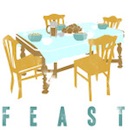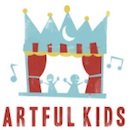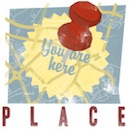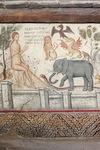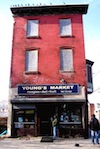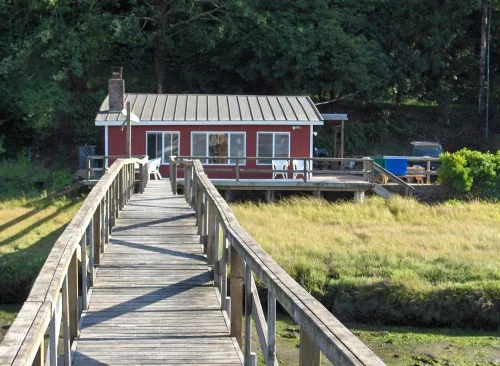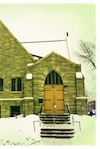A few weeks back I was privileged to sit with trustworthy friends and wrestle, yet again, to find the smallest, most potent words to describe what Art House means. This kind of exercise has played out many times in the last twenty years. We’ve been trying to put our vision into words since we first imagined the place and purpose that became The Art House home in Nashville, and our non-profit, Art House America. As we like to say, the name Art House designates place, while Art House America is an organizational title.
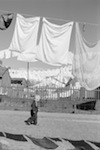 Sorting the clothes on the floor of our bedroom, piling them into the hamper, measuring out the detergent and tossing the pieces one by one into our washing machine: this is how I know I’m home. The jerks and thumps of the washing machine, the pause just before the spin cycle, even the obnoxious beep of the dryer: these noises sound like home to me. Doing laundry means I am back in the place where my soul rests, the place where I can marshal my forces, and also lie down and sleep in peace.
Sorting the clothes on the floor of our bedroom, piling them into the hamper, measuring out the detergent and tossing the pieces one by one into our washing machine: this is how I know I’m home. The jerks and thumps of the washing machine, the pause just before the spin cycle, even the obnoxious beep of the dryer: these noises sound like home to me. Doing laundry means I am back in the place where my soul rests, the place where I can marshal my forces, and also lie down and sleep in peace. Sorting the clothes on the floor of our bedroom, piling them into the hamper, measuring out the detergent and tossing the pieces one by one into our washing machine: this is how I know I’m home. The jerks and thumps of the washing machine, the pause just before the spin cycle, even the obnoxious beep of the dryer: these noises sound like home to me. Doing laundry means I am back in the place where my soul rests, the place where I can marshal my forces, and also lie down and sleep in peace.
Sorting the clothes on the floor of our bedroom, piling them into the hamper, measuring out the detergent and tossing the pieces one by one into our washing machine: this is how I know I’m home. The jerks and thumps of the washing machine, the pause just before the spin cycle, even the obnoxious beep of the dryer: these noises sound like home to me. Doing laundry means I am back in the place where my soul rests, the place where I can marshal my forces, and also lie down and sleep in peace.



